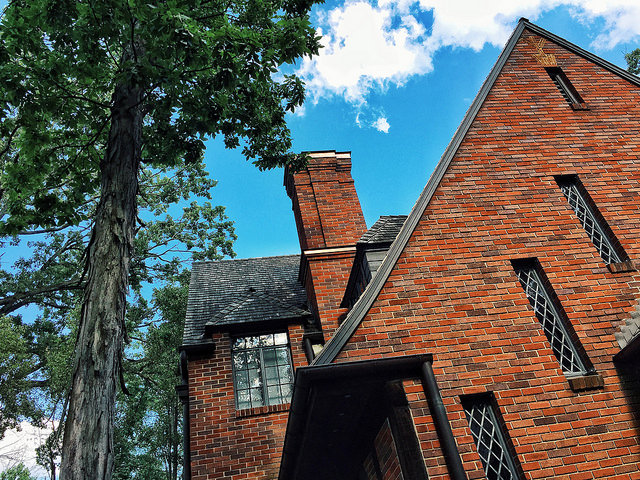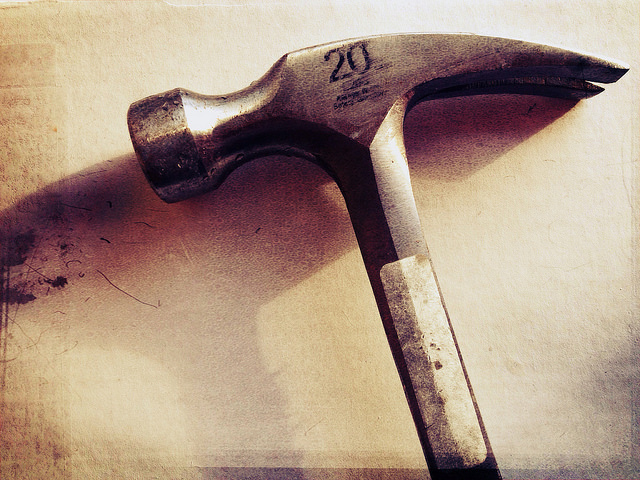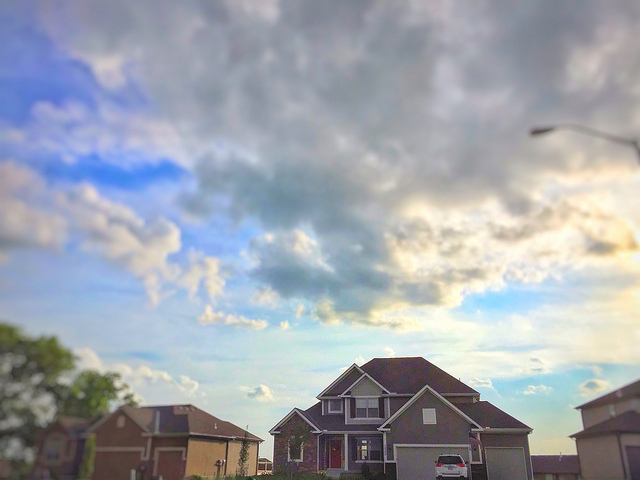According to the Mortgage Bankers Association’s Weekly Applications Survey, average mortgage rates were mostly flat last week, remaining at their lowest level in months. However, despite favorable rates, demand for loans to buy homes hasn’t moved much. In fact, last week purchase application demand was down 2 percent from the week before, though it remains 9 percent higher than at the same time last year. So why aren’t buyers more enthusiastic about low rates? Well, one reason is inventory. There is more demand for affordable, entry-level homes but fewer homes for sale in that price range. Which means, though buyers are interested, they may be having trouble finding a suitable house to buy. Sales on the high-end of the market, however, are doing fine. Joel Kan, an MBA economist, says demand for jumbo loans is high. “A strong appetite for jumbo loans and a highly competitive jumbo market has led to increased availability and lower pricing of jumbo loans over the past few years,†Kan told CNBC. The MBA’s weekly survey has been conducted since 1990 and covers 75 percent of all retail residential mortgage applications. More here.













